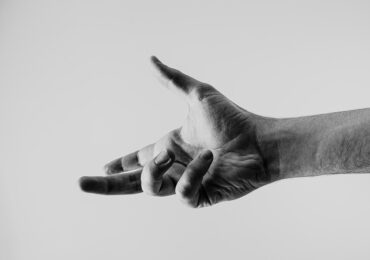Demand for cosmetic surgery in the UK is rising according to the latest plastic surgery statistics, and so is the number of procedures. Hand and upper limb surgery is a big part of cosmetic surgery. The specialised surgery helps treat diseases that cause pain and impair the function, flexibility and strength of your fingers and wrist. De Quervain syndrome is a painful condition that affects the tendons on the thumb side of the wrist. Here’s what to expect from De Quervain syndrome surgery recovery.
What is De Quervain Syndrome?
De Quervain syndrome is a common tendon inflammation resulting in a tender swelling at the base of the thumb. When that happens, you may lose the ability to move the wrist and thumb normally. The condition is also referred to as De Quervain tendinitis or De Quervain’s tenosynovitis. The exact cause of the disease is unknown, but certain activities like overuse of the thumb or wrist, repetitive grasping or inflammation disorders like arthritis can increase the risk.
Usually, the two tendons that move the thumb glide freely through a tight tunnel at the base of the thumb. In the case of De Quervain syndrome, this tunnel thickens and becomes too tight that moving the wrist and thumb causes pain. Sometimes, your thumb and wrist may feel numb or stiff, and your thumb may lock slightly when you try to move it. Surgery is the most effective treatment for De Quervain tendinitis to relieve pain and swelling.

What Does De Quervain Syndrome Surgery Involve?
People with mild symptoms are advised to rest the wrist and thumb, wear a splint at night, go for hand therapy or treat the inflammation with over-the-counter painkillers. Surgery is necessary if your symptoms are severe and beginning to affect the quality of your life.
The procedure is performed under local anaesthetic and takes about 30 to 40 minutes. Your plastic surgeon will make a small incision at the base of your thumb. They will then cut the fibrous roof of the tunnel. This makes it easy for the tendons to glide freely without pain. The procedure aims to alleviate swelling and pain and restore a normal range of motion to the wrist and thumb. Upon recovery, your surgeon will recommend specialised hand exercises to strengthen the wrist and thumb.
Are there Surgical Complications to Consider?
All cosmetic procedures come with a degree of risk, which your plastic surgeon will have talked to you about. De Quervain syndrome is no different and comes with the following risks and complications:
- Infection at the incision site
- Scarring of the incision area
- Thumb tendons might move out of place
- Stiffness, severe loss and total loss of use of the hand
- Numbness at the back of the thumb
While some of these complications are rare, you still need to go into the surgery well-informed and aware of all the risks.
How Long is De Quervain Syndrome Surgery Recovery?
Since De Quervain syndrome surgery is an outpatient procedure, you can expect to go home the same day. Since the surgery requires opening the tissue over the swollen tendon, your thumb and wrist will likely be sore after the procedure. You might also feel some tingling and numbness near the incision. This should improve over the week, although it may take several months to go away. Your plastic surgeon will remove the stitches after about 1 to 2 weeks.
The doctor may recommend wearing a splint for 1 to 4 weeks following the surgery. It can take 6 to 12 weeks for your hand to fully heal, after which you’ll be able to move your wrist and thumb without pain. How soon you return to work depends on the nature of your job. If your job involves repetitive use of your hand or wrist, heavy lifting or putting pressure on the hand or wrist, you may need to take 6 to 12 weeks off work to recover.
Your doctor is the best person to advise on when you can return to work based on your progress. During your De Quervain syndrome surgery recovery, keep your hand elevated for 2 to 3 days and avoid activities that might strain the surgical site for 1 to 2 weeks.
De Quervain syndrome can affect anyone, although it’s more common in women than men. Book a consultation today at the Harley Clinic if you suspect you may have De Quervain tendinitis.













